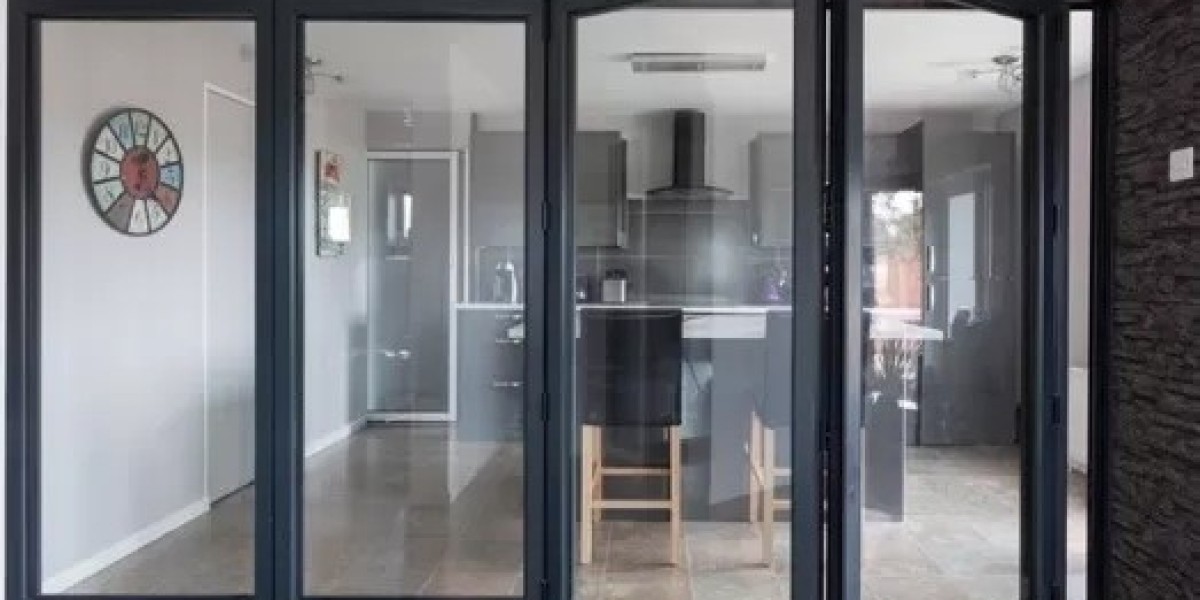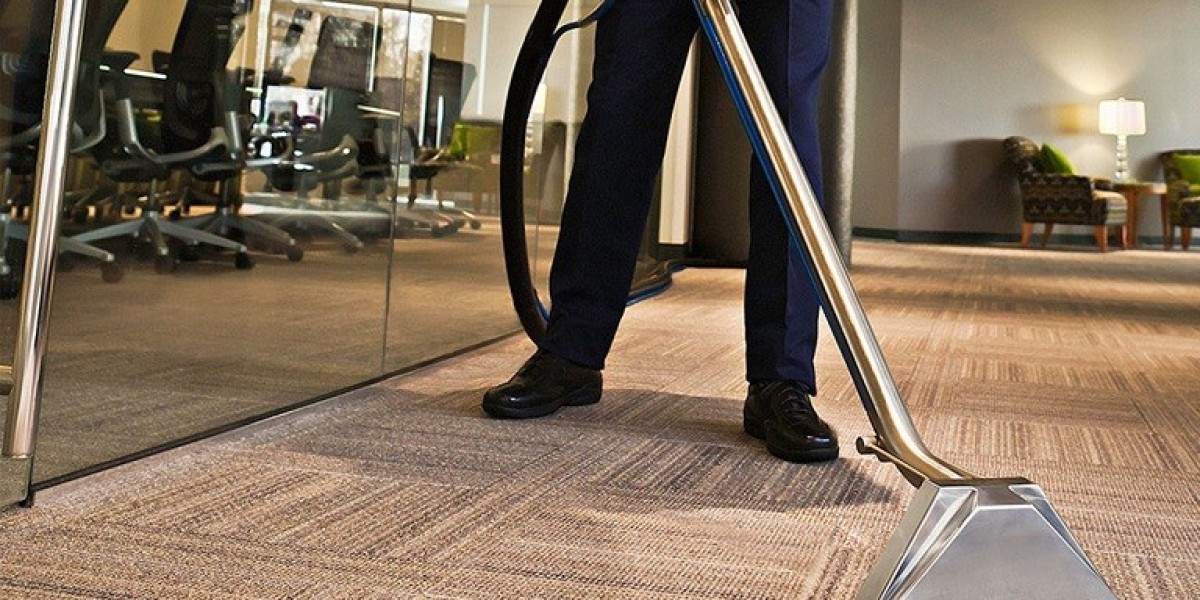Restoring Smooth Operation: A Comprehensive Guide to Repairing Your Bifold Door Top Pivot
Bifold doors, likewise known as folding doors, are a popular choice for maximizing space and producing a seamless transition in between rooms or between indoor and outdoor living locations. Their unique folding mechanism enables larger openings than traditional hinged doors, making them ideal for closets, pantries, laundry spaces, and even as patio doors. Nevertheless, the smooth and effective operation of a bifold door depends upon several essential elements, and one of the most important, yet frequently overlooked, is the top pivot.
The leading pivot is a small however essential mechanism that sits on top corner of a bifold door panel, enabling it to turn smoothly within the track system. With time, due to use and tear, incorrect alignment, or even unintentional damage, this pivot can stop working. A malfunctioning leading pivot can lead to a host of frustrating issues, from sticking doors and loud operation to finish immobility. Fortunately, repairing or replacing a bifold door leading pivot is typically a manageable DIY project, saving you the expense of expert repairs and restoring the performance of your door.

This detailed guide will stroll you through the procedure of understanding, diagnosing, and fixing a bifold door off track door leading pivot. We will explore the parts included, recognize common problems, equip you with the needed tools and products, and offer a step-by-step repair procedure. Whether you are a seasoned DIY enthusiast or a house owner dealing with home repairs for the very first time, this article will empower you to with confidence resolve a defective bifold door leading pivot and get your door operating smoothly when again.
Comprehending the Top Pivot System
Before diving into the repair process, it's advantageous to understand the function of the leading pivot within the broader bifold door system. The top pivot, in combination with the bottom pivot (frequently described as a guide or wheel), works to control the motion and stability of each door panel.
Normally, a bifold door system includes:
- Top Track: A metal track installed horizontally at the top of the door opening. This track houses the leading pivots and guides the door panel's motion.
- Bottom Track or Guide: Some bifold door systems utilize a bottom track, while others employ a bottom guide that is either a pin or a wheel, interacting with a groove or channel on the floor or door jamb. This bottom component helps stabilize the door panel and preserves positioning.
- Leading Pivots: These are small, usually plastic or metal parts that are placed into the top edge of the door panel and ride within the leading track. They allow the door panel to pivot and slide efficiently along the track.
- Linking Hinges: Hinges that connect the specific door panels together, allowing them to fold in a concertina design.
- Door Handles and Hardware: Hardware utilized for operating and securing the bifold door.
The top pivot bears a significant load, helping with the smooth gliding and folding action of the door. It needs to be robust enough to stand up to continuous usage, yet accurate enough to permit simple and easy movement. Understanding its role helps in appreciating why its appropriate function is so critical to the total operation of the bifold door.
Identifying Common Top Pivot Problems
Acknowledging the symptoms of a stopping working leading pivot is the initial step towards a successful repair. Here are some common signs that suggest an issue with your bifold door's leading pivot:
- Sticking or Jerky Door Movement: The door ends up being difficult to open or close smoothly, thinking twice or catching as it moves along the track. This is often the most obvious symptom.
- Noisy Operation: You may hear grinding, squeaking, or clicking sounds as the door is operated, showing friction or damage within the pivot mechanism or track.
- Door Panel Drooping or Sagging: If the top pivot is worn or broken, the door panel might droop a little at the top, triggering misalignment and further impeding smooth operation.
- Noticeable Damage to the Pivot: Upon inspection, you might be able to see cracks, chips, or breaks in the plastic or metal parts of the leading pivot itself.
- Door Jumping Out of the Track: In severe cases of pivot failure, the door panel may leap out of the leading track entirely, ending up being totally inoperable and potentially damaging the door or frame.
- Increased Effort to Operate: If you discover yourself needing to apply more force than usual to open or close the door, it might be an indication of increased friction due to a failing pivot.
If you observe any of these signs, it is extremely likely that your bifold door's top pivot needs attention. Neglecting these problems can result in additional damage to the door, track, or surrounding frame, making the repair more complex and pricey in the long run.
Tools and Materials You'll Need
Before you begin the repair, gather the needed tools and products to make sure a smooth and efficient procedure. Having whatever prepared beforehand will save you time and aggravation.
Tools:
- Screwdriver Set: A Phillips head and flathead screwdriver will be necessary for removing and setting up screws related to the pivot and door hardware. Ensure you have numerous sizes to fit different screws.
- Pliers: Pliers can be helpful for gripping and steering small parts, particularly if the old pivot is stuck or challenging to get rid of.
- Hammer (Optional): A light-weight hammer might be required to gently tap the brand-new pivot into location, if needed by the style.
- Determining Tape: To ensure accurate placement and alignment when setting up the brand-new pivot.
- Pencil or Marker: For marking positions and guaranteeing proper alignment.
- Shatterproof glass: Protecting your eyes is vital when dealing with tools and hardware.
- Gloves (Optional): To secure your hands and offer much better grip.
Materials:
- Replacement Top Pivot: This is the most essential product. It's necessary to buy a replacement pivot that is compatible with your specific bifold door system. Take the old pivot with you to the hardware shop for contrast, or note down the door producer and design if possible. Leading pivots can be found in numerous sizes and styles.
- Lubricant (Silicone Spray or Dry Graphite): Lubricating the track and brand-new pivot will ensure smooth, quiet operation and lengthen the life of the pivot.
- Wood Filler or Wood Glue (Optional): If the screw holes holding the pivot in place are stripped or harmed, wood filler or glue might be required to enhance them.
- New Screws (Optional): If the existing screws are damaged or removed, have a set of replacement screws of the correct size and type on hand.
Step-by-Step Guide to Repairing the Top Pivot
With your tools and materials ready, you can now proceed with the repair. Follow these step-by-step instructions thoroughly:
Step 1: Safety and Preparation
- Put on your safety glasses.
- Ensure the workspace is clear and well-lit.
- Collect all your tools and materials and position them within easy reach.
Action 2: Inspect and Access the Top Pivot
- Thoroughly take a look at the leading pivot of the problematic door panel to aesthetically assess the damage. Look for cracks, breaks, or indications of wear.
- Identify how the pivot is connected to the door. A lot of are normally held in location by screws.
- You may need to slightly open or close the bifold door to get much better access to the leading pivot.
Action 3: Remove the Old Top Pivot
- Using the appropriate screwdriver (usually Phillips head), carefully eliminate the screws securing the top pivot to the door panel.
- If the screws are removed or hard to eliminate, you may require to utilize pliers to grip the screw head and gently turn it. Avoid harming the surrounding door product.
- When the screws are eliminated, carefully take out the old leading pivot. If it's stuck, utilize pliers to carefully wiggle and pull it complimentary.
Step 4: Prepare for the New Pivot (If Necessary)
- Inspect Screw Holes: Examine the screw holes in the door where the pivot was connected. If they are removed or enlarged, you may need to reinforce them.
- For Minor Stripping: Apply a small amount of wood glue into the screw hole and let it partly dry for a few minutes. This will give the screws a much better grip.
- For Severely Stripped Holes: Use wood filler to fill the removed holes entirely. Permit the filler to dry and harden according to the item directions. Once dry, pre-drill pilot holes somewhat smaller sized than the new screws to ensure a protected accessory.
Step 5: Install the New Top Pivot
- Position the brand-new top pivot in the exact same orientation as the old one was removed.
- Line up the screw holes of the brand-new pivot with the holes in the door panel.
- Insert the screws and tighten them firmly with the screwdriver. Prevent overtightening, which might strip the screw holes or harm the pivot. Ensure the pivot is securely connected but not exceedingly tight.
Step 6: Lubricate the Track and Pivot
- Use a small quantity of silicone spray or dry graphite lubricant to the top track of the bifold door repair quote (www.repairmywindowsanddoors.co.uk) door, focusing on the location where the top pivot will run.
- Likewise, gently lubricate the moving parts of the brand-new top pivot itself. This will promote smooth operation and lower friction.
Action 7: Test and Adjust
- Thoroughly operate the bifold door track adjustment door, opening and closing it several times.
- Look for smooth, peaceful movement. If the door still sticks or binds, re-inspect the pivot for appropriate setup and alignment.
- Make sure the door panels fold and unfold correctly which the door is not rubbing versus the frame or track.
- If required, small changes to the pivot position or track positioning might be required. Consult your bifold door producer's guidelines for particular change treatments if supplied.
Step 8: Clean Up
- As soon as you are satisfied with the door's operation, tidy up your workspace and put away your tools.
Repairing Common Issues
While fixing a top pivot is frequently straightforward, you might come across some challenges. Here are a couple of fixing ideas:
- Pivot Doesn't Fit: If the new pivot doesn't suit the track or door, double-check that you have the appropriate replacement type. Compare it carefully to the old pivot and the door requirements.
- Screws Won't Tighten: Stripped screw holes are a common problem. Refer back to Step 4 and utilize wood filler or glue to enhance the holes before attempting to tighten up the screws once again.
- Door Still Sticks After Pivot Replacement: If the door still does not run smoothly after replacing the pivot, the problem might lie elsewhere. Check the bottom pivot/guide, the track for debris or damage, or the door panel hinges for stiffness.
- Door Panel Misalignment: If the door panels are not lined up correctly after repair, make sure the leading pivot is appropriately seated in the track and that the door panel is properly placed within the frame. Inspect for any warping or damage to the door panel itself.
Preserving Your Bifold Door Pivots
Preventative upkeep can significantly lengthen the lifespan of your bifold door pivots and reduce the requirement for frequent repairs. Here are some valuable maintenance ideas:
- Regular Lubrication: Lubricate the top track and pivots with silicone spray or dry graphite every couple of months to reduce friction and wear.
- Keep Tracks Clean: Periodically clean the leading and bottom tracks to remove dust, dirt, and debris that can restrain smooth operation. Utilize a vacuum or a brush to clean the tracks.
- Examine Regularly: Inspect the leading and bottom pivots regularly for indications of wear, damage, or looseness. Deal with any small concerns promptly before they intensify.
- Prevent Slamming: Avoid knocking the bifold doors, as this can put unneeded stress on the pivots and hardware, leading to premature failure.
- Check Alignment: Periodically check the positioning of the door panels to guarantee they are folding and unfolding properly which there is no unnecessary tension on the pivots.
When to Call a Professional
While DIY repair is frequently possible, there are situations where seeking expert assistance is recommended. Consider calling a door repair professional if:
- You are unpleasant with DIY repairs.
- The damage to the door or frame is substantial beyond just the pivot.
- You are unable to recognize the appropriate replacement pivot.
- You experience consistent concerns after trying the repair.
- The bifold door belongs to a complex system, such as a multi-panel patio door, and needs specialized understanding.
An expert door technician has the experience and expertise to precisely detect intricate bifold door issues and carry out repairs effectively and effectively.
Repairing a bifold door top pivot is a gratifying DIY task that can restore the smooth and effortless operation of your door. By understanding the components, determining the problem, and following the step-by-step guide laid out in this post, you can confidently tackle this repair and conserve yourself money and time. Routine upkeep and timely attention to small problems will make sure the longevity and trustworthy performance of your bifold doors for years to come, adding to the convenience and performance of your living space.
Often Asked Questions (FAQs) about Bifold Door Top Pivot Repair
Q1: How do I understand what type of leading pivot to buy as a replacement?
A: The finest method is to remove the old pivot and take it with you to a hardware shop. Compare it aesthetically to the available alternatives, taking notice of the size, shape, and accessory method. Alternatively, if you know the producer and model of your bifold door renovation experts door, you might be able to discover particular replacement parts online or through the producer.
Q2: Can I repair a broken top pivot, or do I always need to replace it?
A: In a lot of cases, it's more useful and trusted to replace a damaged or used top pivot instead of attempting to repair it. Pivots are relatively inexpensive, and replacement guarantees correct function and durability. Trying to repair a broken pivot might lead to further issues and is normally not suggested.
Q3: My screws are stripped and won't hold the brand-new pivot. What can I do?

A: Stripped screw holes prevail. Try using somewhat longer or thicker screws. If that doesn't work, apply wood glue into the screw hole and let it partially dry before re-screwing. For severely removed holes, utilize wood filler to fill them entirely, let it dry, and then pre-drill pilot holes for the new screws.
Q4: Do I require to remove the whole bifold door to replace the leading pivot?
A: Often, you can replace the top pivot without totally eliminating the door panel. Nevertheless, depending upon the style and accessibility, it may be much easier to partially detach the door panel to acquire much better gain access to. Sometimes, particularly with heavier doors or complicated systems, eliminating the door panel might be safer and easier.
Q5: After changing the top pivot, my door is still tough to open. What else could be wrong?
A: If the problem continues after pivot replacement, examine other potential issues:
- Bottom pivot/guide: Inspect for damage or debris.
- Track: Clean and lube the top and bottom tracks. Look for damage or obstructions.
- Hinges: Ensure the door panel hinges are not stiff or binding. Lube them if needed.
- Door Alignment: Check if the door panels are properly aligned within the frame.
Q6: How typically should I lubricate my bifold door pivots?
A: Regular lubrication every 3-6 months is suggested for optimal performance. More regular lubrication might be required in dusty or high-use environments. Usage silicone spray or dry graphite lubricant to keep the pivots and track moving efficiently.







